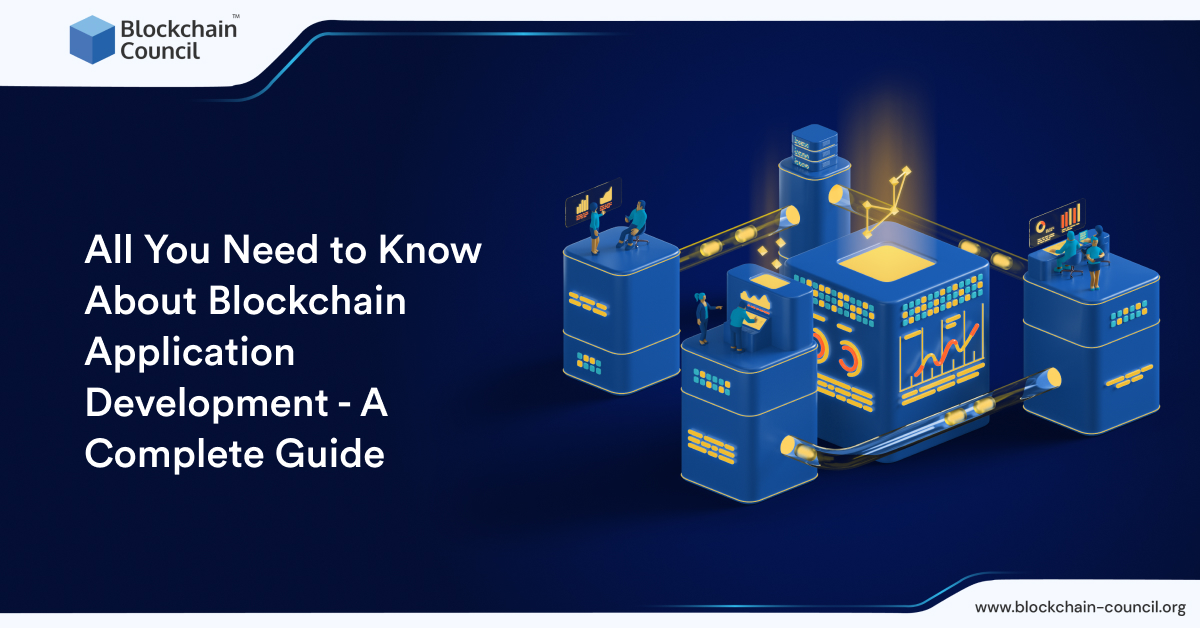
- Blockchain Council
- May 26, 2023
Summary:
- Blockchain applications are gaining global recognition for their unique characteristics and potential benefits.
- This article explores the growth and adoption of Blockchain technology and its impact on various industries.
- Understand the fundamental concepts of Blockchain technology and its key differences from traditional web and mobile applications.
- Discover the diverse range of Blockchain applications and their potential to revolutionize finance, supply chain management, and healthcare industries.
- Gain insights into the average salaries of Blockchain application developers in different regions worldwide.
- Explore the pathways to becoming a Blockchain application developer, including college degrees, courses, certifications, and practical projects.
- Learn about the skills and knowledge required for a successful career in Blockchain development.
- Discover the latest trends and advancements in the Blockchain landscape and the importance of continuous learning.
- Uncover the role of Blockchain in shaping the future of technology and its impact on the digital ecosystem.
- Join the global community of enthusiasts and professionals and unlock Blockchain technology's exciting possibilities.
Blockchain technology has emerged as a revolutionary force in today’s digital landscape, transforming industries and redefining how we perceive trust, security, and transparency. Its rapid growth and global recognition can be attributed to many reasons. Firstly, Blockchain provides a decentralized and immutable ledger system, eliminating the need for intermediaries and enhancing the security of transactions. This inherent trust and tamper-proof nature have garnered immense interest across finance, supply chain, healthcare, and more sectors. Secondly, Blockchain enables efficient and seamless peer-to-peer transactions, reducing costs and eliminating complexities associated with traditional systems.
Moreover, its potential extends beyond financial applications, encompassing the realms of decentralized finance (DeFi), non-fungible tokens (NFTs), metaverse development, and other exciting possibilities in the Web3 domain. As industries increasingly embrace Blockchain technology, the demand for skilled developers and professionals is skyrocketing. For students and working professionals seeking to embark on a rewarding career journey, exploring the world of Blockchain and Web3 technologies opens up a realm of possibilities, with vast opportunities for growth, innovation, and contributing to the future of decentralized ecosystems.
Understanding Blockchain Technology
In digital technology, Blockchain emerges as a groundbreaking concept that revolutionizes conventional systems of data storage and transactional processes. At its core, Blockchain can be defined as a decentralized and distributed ledger technology that records transactions securely, transparently, and immutable. Unlike traditional architectures that rely on central authorities or intermediaries to validate and authorize transactions, Blockchain operates on a peer-to-peer network where multiple participants collectively maintain and update the ledger.
Consider a typical database architecture employed in various industries to comprehend Blockchain’s structure better. In a centralized database, data is stored in a single location or server controlled by a central authority. When a transaction occurs, it goes through intermediaries or mediators who validate and authorize it. This centralized approach is vulnerable to single points of failure and data manipulation and lacks transparency.
On the other hand, Blockchain employs a decentralized network where multiple participants, known as nodes, maintain identical copies of the ledger. Each transaction is bundled into a block containing a unique cryptographic signature and a reference to the previous block. This chain-like structure ensures the immutability and integrity of the recorded data. Transactions are verified through consensus mechanisms, such as Proof-of-Work or Proof-of-Stake, where participants validate and agree on the accuracy of the transactions.
By utilizing cryptographic techniques, Blockchain ensures the security and privacy of data. Each participant possesses a unique cryptographic key that provides secure access and transparent transaction verification. Moreover, once a block is added to the Blockchain, it becomes nearly impossible to alter or manipulate previous records due to the decentralized and distributed nature of the network.
Become a Certified Blockchain Developer Today!
What are Blockchain Applications?
Blockchain applications have garnered immense attention and interest worldwide due to their unique characteristics and potential benefits. Unlike traditional web and mobile applications, Blockchain applications leverage decentralized networks and distributed ledgers to provide transparency, security, and trust without relying on intermediaries or central authorities. The decentralized nature of Blockchain ensures that no single entity controls the entire system, making it resistant to censorship and manipulation. The immutability and transparency of Blockchain records provide a reliable and tamper-proof source of truth.
These applications offer enhanced security, reduced costs, improved efficiency, and increased transparency in various industries, including finance, supply chain management, healthcare, and more. Moreover, Blockchain applications enable peer-to-peer transactions, eliminating the need for intermediaries and reducing associated fees. The growing fascination with Blockchain applications stems from their potential to revolutionize industries, empower individuals, and drive innovation by reimagining traditional systems and opening up new possibilities in the digital realm.
Business & Enterprise Use-Cases of Blockchain Technology
Blockchain technology has proven to be a transformative force, offering many applications beyond its association with cryptocurrencies. Its decentralized, transparent, and secure nature has paved the way for innovative solutions across various industries. Let’s delve into the diverse realms where Blockchain applications have gained prominence and showcased their potential.
Financial Services
Blockchain has revolutionized the financial sector by enabling secure and efficient transactions without intermediaries. It provides a decentralized and transparent ledger that ensures trust and immutability. Applications include cross-border payments, remittances, smart contracts, decentralized exchanges, and the emergence of decentralized finance (DeFi) platforms.
Supply Chain Management
The traceability and transparency Blockchain offers make it an ideal solution for supply chain management. It enables stakeholders to track and verify every step of a product’s journey, from raw materials to final delivery. Blockchain applications in supply chain management enhance transparency, mitigate fraud, reduce counterfeiting, and streamline processes in food, pharmaceuticals, and luxury goods processes.
Healthcare
In healthcare, Blockchain addresses data security, interoperability, and patient privacy challenges. It provides a secure and immutable platform for storing and sharing medical records, ensuring data integrity and confidentiality. Blockchain applications in healthcare also facilitate clinical trials, drug traceability, identity verification, and efficient management of health information exchanges.
Voting Systems
Blockchain-based voting systems hold the promise of secure and transparent elections. By leveraging cryptographic techniques and decentralized consensus, these applications ensure the integrity of voting data, prevent tampering and enhance trust in the democratic process. Blockchain-based voting systems offer transparency, verifiability, and resistance to manipulation.
Intellectual Property
Blockchain introduces innovative solutions for protecting intellectual property rights. Through timestamping and digital signatures, Blockchain applications establish proof of creation, ownership, and authenticity of creative works. This empowers artists, authors, and inventors by safeguarding their intellectual property and enabling transparent licensing, royalty distribution, and rights management.
Internet of Things (IoT)
Blockchain enhances the security, scalability, and interoperability of IoT networks. It enables secure peer-to-peer communication, data integrity, and autonomous machine-to-machine transactions. Blockchain-based IoT applications promote secure data exchange, efficient supply chain management, decentralized energy grids, and independent vehicle networks.
Identity Management
Blockchain-based identity management systems offer individuals control over their digital identities. Users can store their personal information securely and decentralized, reducing the risk of identity theft and data breaches. Blockchain applications provide self-sovereign identity, enabling users to manage and share information securely and selectively.
Energy Sector
Blockchain applications in the energy sector revolutionize energy trading, grid management, and renewable energy integration. Peer-to-peer energy trading platforms allow direct transactions between energy producers and consumers, promoting energy efficiency and sustainability. Blockchain-based solutions facilitate transparent and auditable energy transactions, incentivizing renewable energy generation and grid optimization.
These examples represent only a fraction of the vast potential of Blockchain technology. Its underlying principles of decentralization, transparency, and security offer new opportunities for innovation across industries, transforming traditional systems and fostering trust in the digital era. As Blockchain continues evolving, it is poised to reshape how we interact, transact, and trust in the digital world.
Average Salary of Blockchain Application Developer
In today’s digital landscape, Blockchain application developers are in high demand owing to the rapid growth and adoption of Blockchain technology across industries. The scarcity of skilled professionals in this specialized field has led to competitive salaries for Blockchain application developers. Several factors contribute to the variation in average wages, including skill set, proficiency level, location, and experience. The complexity of Blockchain technology demands a comprehensive skill set encompassing programming languages, innovative contract development, cryptography, and decentralized application (dApp) development. Proficiency level, ranging from entry-level to senior positions, also influences salary discrepancies.
Additionally, the geographical location of professionals plays a significant role, with regions such as the United States, Singapore, and Switzerland offering higher salaries due to their robust Blockchain ecosystems and high cost of living. Finally, experience in Blockchain development significantly impacts earning potential. With these factors in mind, let’s explore the average salaries of Blockchain application developers in different regions worldwide:
- United States: $124,000
- Canada: $115,000
- United Kingdom: £75,000
- Australia: $100,000
- Singapore: $130,000
- Switzerland: $140,000
- Germany: €90,000
- France: €85,000
- Japan: ¥10 million
- India: ₹6.7 lakhs
(Source: Ambition Box, PayScale and Glassdoor)
These figures highlight the diverse salary ranges across various locations, reflecting the demand and value placed on Blockchain application developers worldwide. Also, please note that Blockchain Council has used these figures based on the research of leading research and analysis firms; we do not have any personal inputs.
How to Become a Blockchain Application Developer?
To pursue a successful career as a Blockchain application engineer in 2023, there are several paths you can take to gain the necessary skills and knowledge in this evolving field. Let’s explore some of the key avenues to becoming a proficient Blockchain developer:
1. College Degree
Earning a college degree in computer science, software engineering, or a related field provides a solid foundation for a career in Blockchain development. The comprehensive curriculum covers programming languages, algorithms, data structures, and other fundamental concepts. While Blockchain-specific courses may be limited, the knowledge gained through a degree program forms the basis for understanding Blockchain technology.
2. Courses and Certifications
Numerous online platforms and educational institutions offer Blockchain-specific courses and certifications. These programs delve into Blockchain architecture, innovative contract development, decentralized application (dApp) development, and security considerations. Reputable certifications like those offered by Blockchain organizations and consortiums validate your expertise and enhance employability.
For instance, the Blockchain Council offers a wide range of certifications for anyone who wants to learn everything about Blockchain. Whether you are a beginner or a seasoned pro, the Blockchain Council has something for everyone!
3. Online Learning Resources
Online learning resources like tutorials, documentation, and open-source projects can accelerate your understanding of Blockchain technology. Platforms like Ethereum, Hyperledger, and Polkadot provide comprehensive documentation and resources to guide developers through the intricacies of Blockchain development.
4. Hands-on Projects
Engaging in hands-on projects is crucial for gaining practical experience in Blockchain development. Build simple decentralized applications and gradually expand your skills to more complex tasks. Joining Blockchain hackathons, participating in developer communities, and contributing to open-source projects can provide valuable exposure and networking opportunities.
5. Industry Collaborations and Internships
Collaborating with industry professionals or interning at Blockchain-focused companies allows you to work on real-world projects and learn from experienced developers. These opportunities provide firsthand insights into Blockchain development challenges and best practices while expanding your professional network.
6. Continuous Learning and Networking
As Blockchain technology evolves rapidly, staying updated with the latest trends, advancements, and industry standards is essential. Attend conferences, meetups, and webinars to connect with experts and fellow developers. Engage in online forums, join Blockchain developer communities, and actively participate in discussions to broaden your knowledge and stay abreast of the dynamic Blockchain landscape.
Conclusion
You can build a strong foundation as a Blockchain application developer by pursuing a combination of formal education, specialized courses, practical projects, and continuous learning. Remember to stay curious, explore new technologies, and embrace the collaborative nature of the Blockchain community as you forge your path in this exciting domain. Checkout out what Blockchain Council offers for aspiring Blockchain developers, engineers, and architects to help you learn Blockchain from the global leader in education and Blockchain certifications. Earn a valid lifetime certification recognized by top employers around the globe and make your mark in the world of Blockchain and other Web3 technologies.
Become a Certified Blockchain Developer Today!
Frequently Asked Questions
Several technologies are commonly used when developing a Blockchain app, each with its advantages and considerations. The choice of technology depends on factors such as the application’s specific requirements, scalability needs, consensus mechanisms, and development resources available. Some popular technologies for Blockchain app development include:
- Ethereum is a widely adopted platform known for its smart contract functionality, enabling the creation of decentralized applications (dApps) and programmable digital assets.
- Hyperledger Fabric is a permissioned Blockchain framework designed for enterprise use cases. It offers a modular architecture, scalability, and flexible consensus mechanisms.
- Corda is a distributed ledger technology (DLT) platform specifically designed for privacy and interoperability in business networks. It focuses on enabling secure transactions and data sharing between participants.
- EOS is a Blockchain platform known for its scalability and high transaction throughput. It offers parallel processing capabilities, making it suitable for applications that require speed and efficiency.
- Stellar is a Blockchain platform designed for facilitating fast and low-cost cross-border transactions. It emphasizes interoperability and compatibility with existing financial systems.
Applications built on Blockchain leverage the underlying technology’s decentralized and distributed nature to achieve various goals. The process of building a Blockchain application typically involves the following steps:
- Defining the Use Case: Identify the problem or use case that the Blockchain application aims to address. Determine how Blockchain can provide value, such as enhancing transparency, improving security, or enabling trustless transactions.
- Designing the Architecture: Define the architecture of the application, including the choice of Blockchain platform, data structures, smart contracts, and user interfaces. Consider the scalability, privacy, and consensus mechanisms required for your application.
- Developing Smart Contracts: Write and deploy smart contracts that encode the business logic of the application. Smart contracts are self-executing Blockchain codes that automate transactions and enforce predefined rules.
- Building Front-end Interfaces: Develop user interfaces and client applications that interact with the Blockchain and provide a user-friendly experience. This can include web or mobile interfaces, wallets, or other user interfaces.
- Testing and Deployment: Thoroughly test the application to ensure its functionality, security, and resilience. Once complete testing, deploy the application to the desired Blockchain network or platform.
- Maintenance and Upgrades: Continuously monitor and maintain the application, addressing any potential bugs or vulnerabilities. Consider upgrades and improvements based on user feedback and evolving needs.
By following these steps, developers can build applications that leverage the unique features of Blockchain technology to create innovative, secure, and decentralized solutions.
Blockchain applications typically consist of three tiers, each serving a specific purpose within the overall system:
- Data Tier: The data tier encompasses the Blockchain, which is a distributed ledger storing all transactions and data. The data tier ensures immutability, transparency, and integrity by recording block transactions and linking them through cryptographic hashes.
- Network Tier: The network tier consists of the peer-to-peer nodes that maintain the Blockchain’s integrity and consensus mechanism. This tier handles tasks such as validating transactions, reaching a consensus on the state of the Blockchain, and propagating information across the network.
- Application Tier: The application tier encompasses the user-facing part of the Blockchain application. It includes front-end interfaces, user interactions, business logic, and smart contracts. This tier allows users to interact with the Blockchain, submit transactions, and access data stored on the Blockchain.
These three tiers provide a decentralized and transparent infrastructure, enabling the secure exchange of digital assets, execution of smart contracts, and facilitation of various decentralized applications.
Yes, Blockchain technology can be used for app development. Blockchain offers several unique features and benefits that can enhance applications’ functionality, security, and trustworthiness. Some key benefits of using Blockchain for app development include the following:
- Decentralization: Blockchain enables decentralized applications (dApps) by removing the need for a central authority, promoting transparency, and eliminating single points of failure.
- Immutable and Auditable Records: The tamper-resistant nature of Blockchain allows for transparent and auditable records, ensuring the integrity of data and transactions.
- Enhanced Security: Blockchain’s cryptographic algorithms and consensus mechanisms provide robust security, protecting against fraud, unauthorized access, and data tampering.
- Smart Contracts: Blockchain platforms often support smart contracts, self-executing code that automates processes and agreements. Smart contracts enable trustless transactions, eliminating the need for intermediaries.
- Tokenization and Digital Assets: Blockchain enables creating and managing digital assets and tokens, opening up new possibilities for asset ownership, transfers, and monetization.
- Improved Efficiency: By removing intermediaries and streamlining processes, Blockchain can enhance efficiency and reduce costs associated with traditional centralized systems.

































































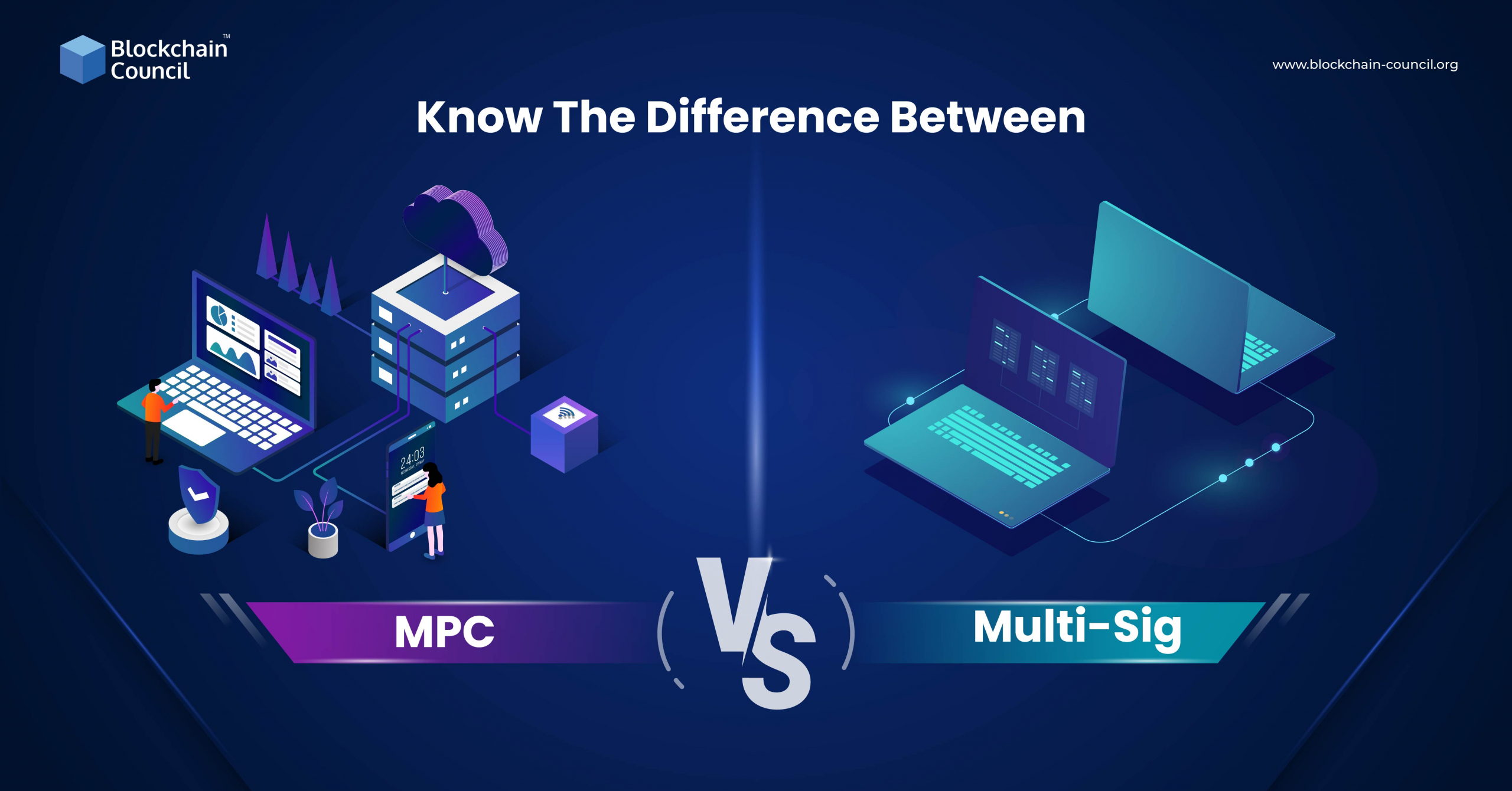
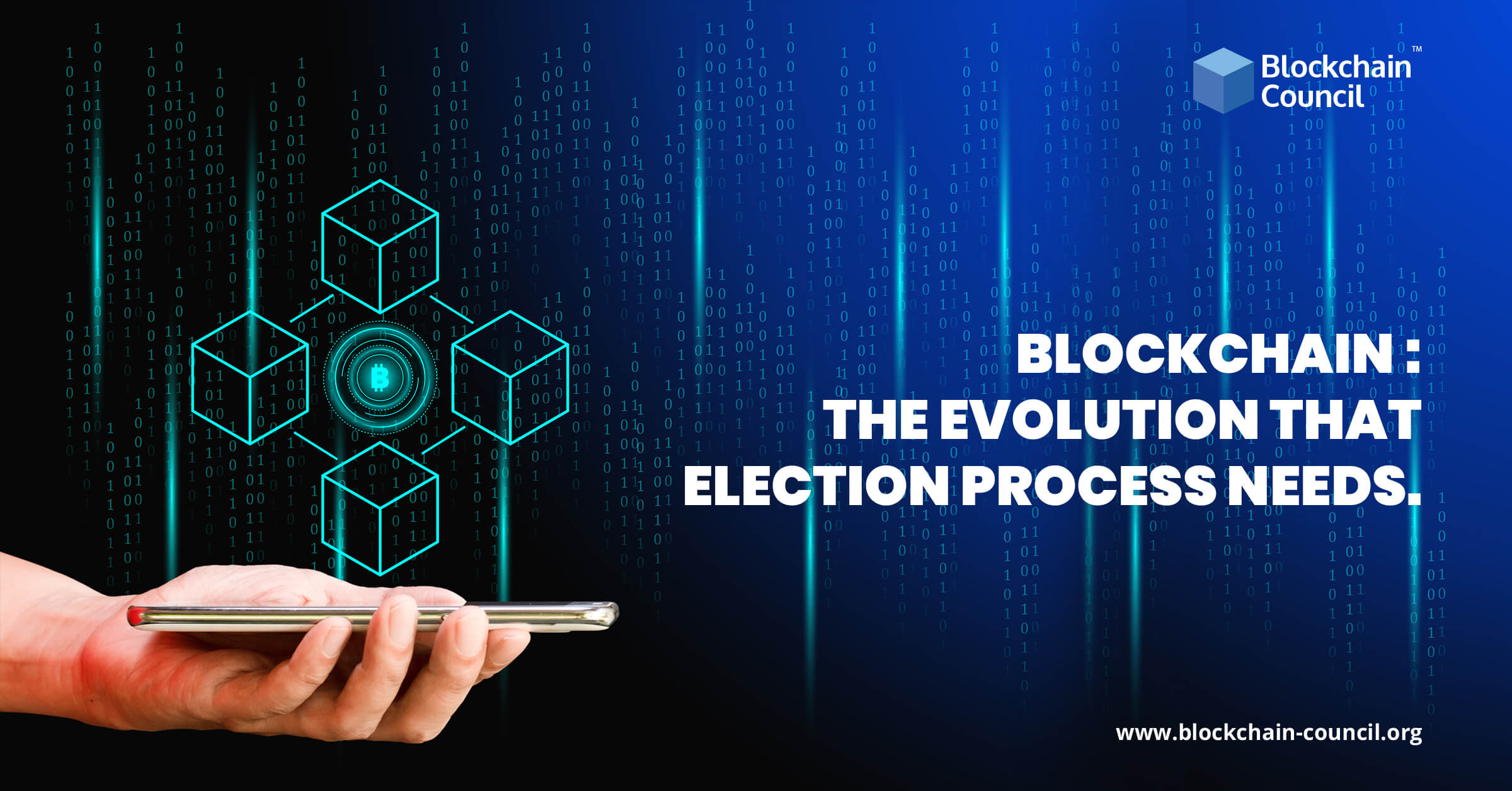
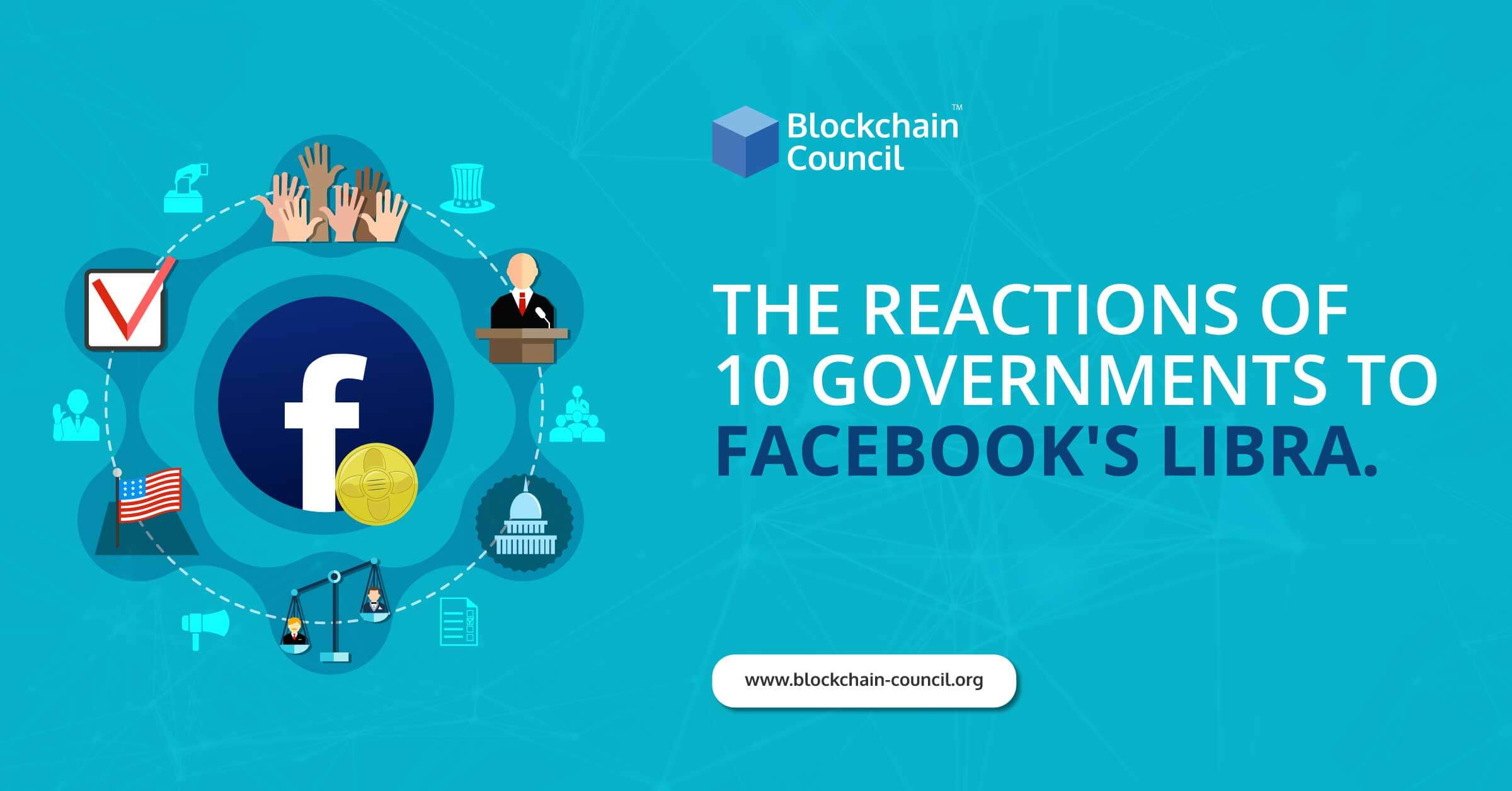
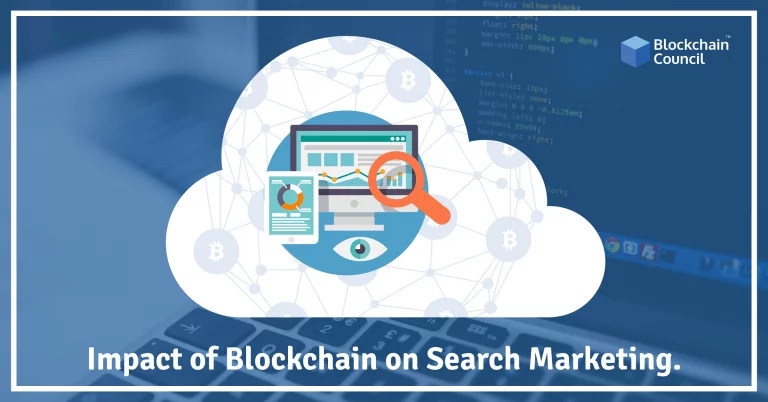
 Guides
Guides News
News Blockchain
Blockchain Cryptocurrency
& Digital Assets
Cryptocurrency
& Digital Assets Web3
Web3 Metaverse & NFTs
Metaverse & NFTs
